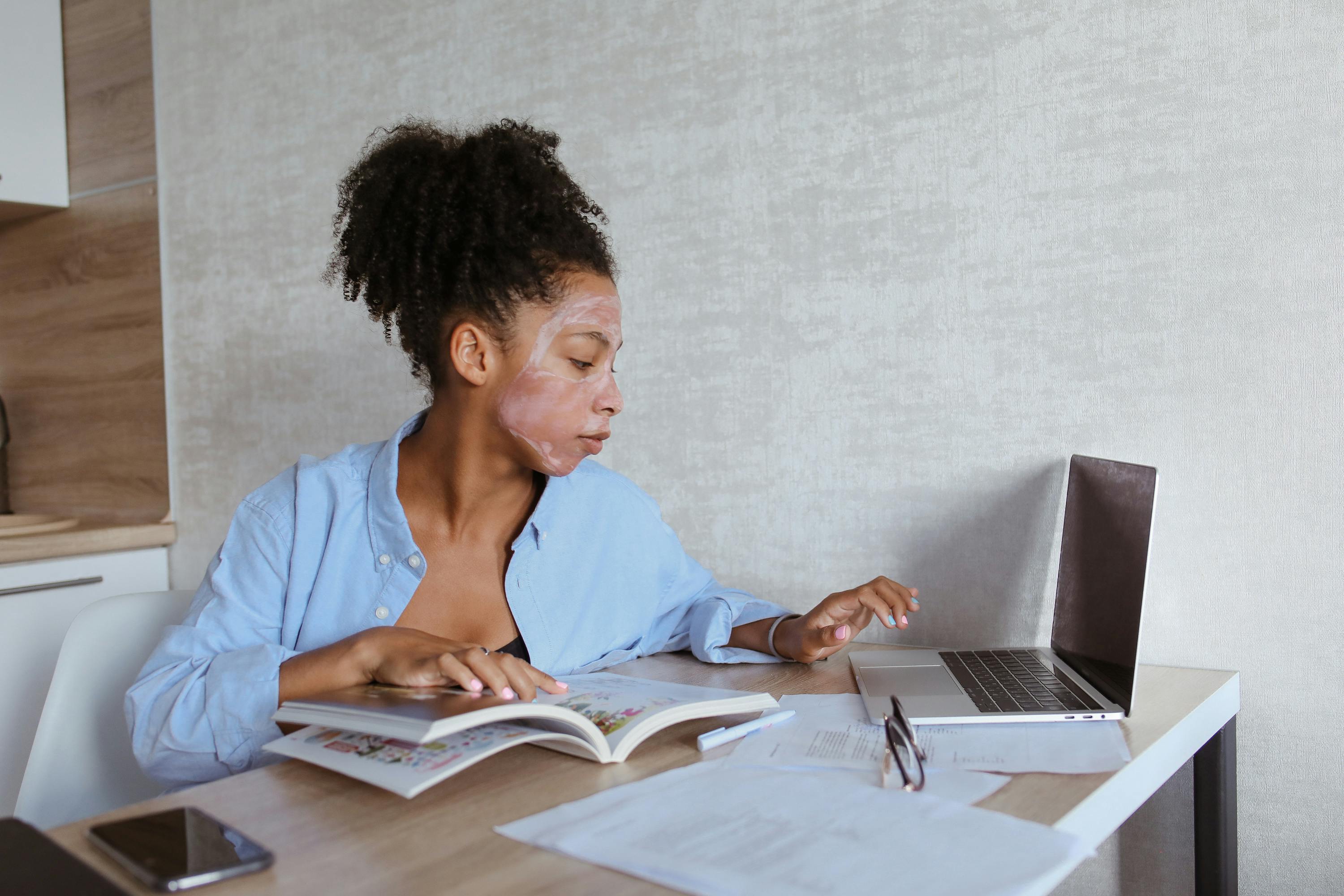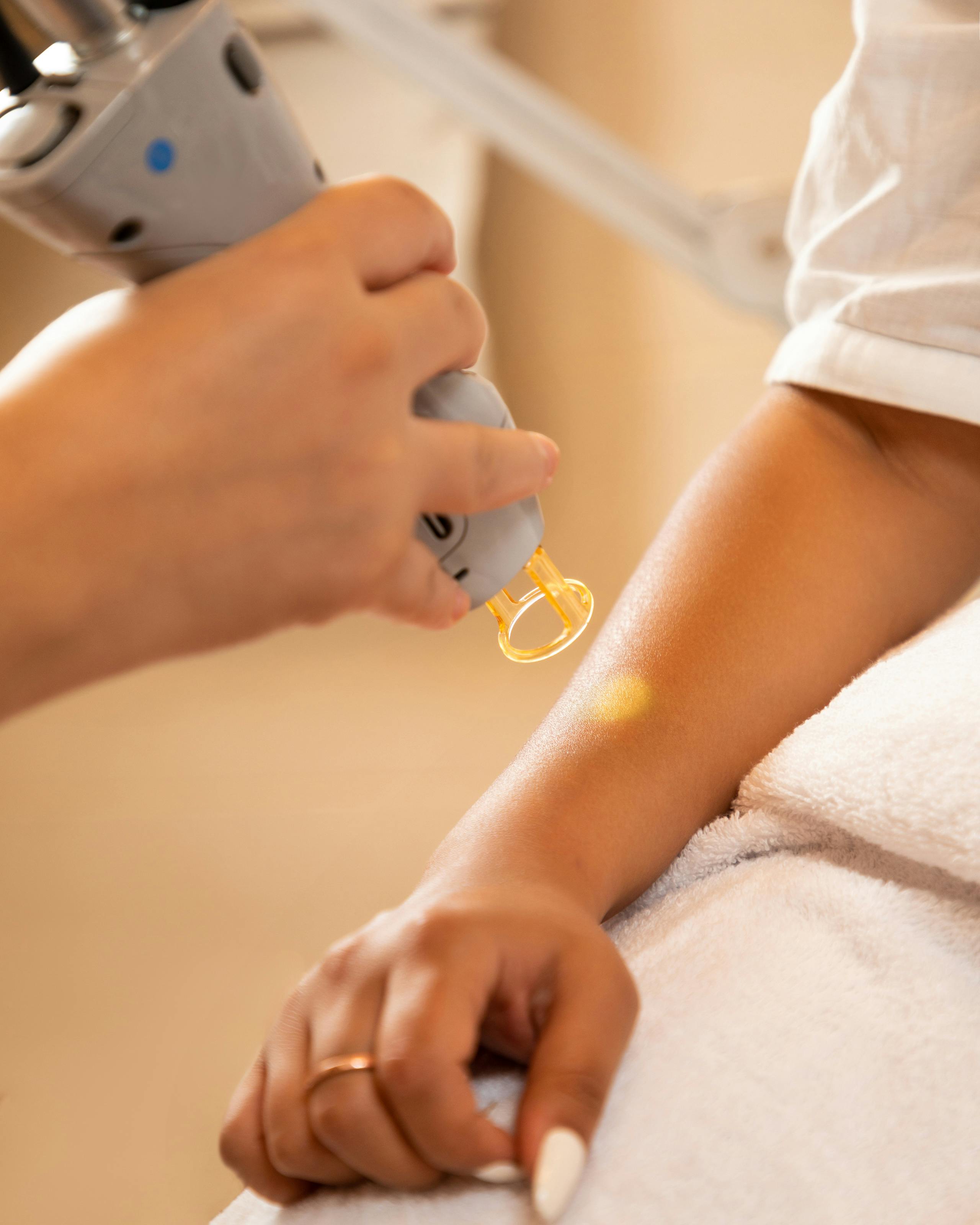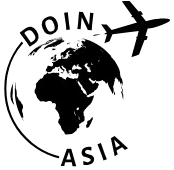South Korea Beauty Secrets: Skincare Tech & Marketing That Win
Let’s be honest—if you haven’t noticed South Korea shaking up the beauty world, you might not be paying close attention. What really struck me during my first deep dive into Korean skincare, maybe a decade ago, was how their products didn’t just appear cutting-edge. They genuinely were next-level—sometimes even years ahead of big-name Western brands. Funny thing is, the more time I spent consulting for cosmetic brands and shadowing R&D labs in Seoul, the more I realised the secret sauce wasn’t just tech. It was a wildly adaptive combination of scientific innovation and global marketing that’s, frankly, tough to beat. This post unpacks how South Korea became the globe’s beauty trendsetter, focusing on advanced skincare technology and the marketing maneuvers that keep K-beauty brands winning internationally.
Korean Skincare Technology Evolution
Ever wonder why Korean skincare ingredients make headlines year after year? It actually began with a deep-rooted cultural obsession with healthy skin—a value system dating back centuries. But what sets modern Seoul apart is the speed with which research goes from lab to vanity cabinet. Having worked alongside local formulators, I’ve watched how patented peptides and fermentation processes launch in small clinics, then trend globally within months.
الرؤية الرئيسية
The pace of innovation in South Korea averages 3X faster than Western skincare brands, according to a 2023 global market analysis1.
In my experience, two driving factors are:
- Heavy investment in cosmetic R&D. The South Korean government awards substantial grants—over $200M in 2022 alone—to encourage category-defining breakthroughs2.
- Rapid consumer feedback loops. Major brands test product concepts through online channels and fast-track popular innovations to market, sometimes within 10-12 weeks.
Let me step back for a moment: when you scan ingredient lists on K-beauty products, you’ll spot things like snail mucin, centella asiatica, propolis, and new-generation compounds such as niacinamide derivatives. Unlike the standard “wait and see” approach of large global conglomerates, South Korean companies take risks, iterate constantly, and change packaging or formula if consumers push back—even mid-launch.
How South Korean Culture Fuels Innovation
The commitment to skin health isn’t just marketing fluff. Korean tradition prioritises skincare as self-care—children learn double cleansing before they’re teens. But beyond cultural norms, there’s something almost unique about Korea’s approach to innovation. I remember sitting in a product ideation meeting at Amorepacific’s Seoul HQ, hearing teams debate not just how to make something effective, but how to make it Instagrammable, refillable, and aligned with trending scientific studies. Getting ahead of global competition is practically a national pursuit.
Moving on: the entrepreneurial spirit here is supercharged by fierce local competition. Small brands pop up nonstop, and established players have to stay nimble or risk losing relevance with the notoriously trend-sensitive Korean consumer. That relentless pressure drives R&D, marketing pizzazz, and product variety. This isn’t just anecdotal—it’s a consistent finding in trade research, confirmed in the 2022 Korea Cosmetic Industry Report4.
“Korea’s approach to beauty innovation is not only scientific, but deeply emotional—consumers demand both results and excitement.”
That’s where things get interesting. There’s a symbiotic relationship between consumer culture and enterprise innovation that sustains the global allure of ‘K-beauty’. Actually, let me clarify: big Western beauty brands have started copying Korean multi-step regimens, but rarely with the same agility or impact.
Global Marketing Strategies That Actually Work
What really excites me about K-beauty isn’t just the tech, but the storytelling—and South Korean brands excel at it on a global scale. I’ll be completely honest: Back when I helped a French luxury client analyze expanding into Asia, K-beauty’s strategy felt like a masterclass. Here’s why:
- Localized messaging isn’t optional—it’s the default. From packaging language to influencer partnerships, Korean brands understand the nuances of each target market.
- Multi-platform campaigns leveraging YouTube, TikTok, and Instagram are standard. Remember, South Korea was among the first countries to integrate beauty e-commerce with live streaming, enabling real-time Q&A and instant feedback.
- Micro-influencer ecosystems—not just celebrities—drive grassroots adoption and authentic storytelling. Honestly, I reckon this grassroots strategy creates better community engagement than massive ad budgets alone.
Featured Snippet: K-Beauty Global Expansion
- Identify market-specific needs via local data and social listening.
- Co-create content and product with regional influencers.
- Beta launch products through targeted e-commerce partnerships.
- Iterate rapidly based on user reviews and trend analytics.
The Power of Narrative in K-Beauty
Here’s the thing though: Korean skincare brands rarely sell products as mere commodities. Instead, they create narratives around rituals, science, and aspirational lifestyles. For example, Sulwhasoo’s storytelling focuses on heritage ginseng research—a narrative thread that runs through ads, packaging, and social engagement. On second thought, looking at their sales data, you can see direct correlation between story-driven campaigns and spikes in global sales5.
“In K-beauty, story always comes before sale. Creating cultural relevance is non-negotiable.”
Pause here and think about the difference: Western brands routinely rely on celebrity endorsements; Korean brands let the product’s story lead, making it easier for micro-influencers and real customers to champion new launches authentically. It’s almost counterintuitive! What struck me most during research interviews is that this method increases brand trust and long-term loyalty6.
Trendsetting: K-Beauty’s Influence on World Cosmetics
Ever notice how global beauty trends echo K-beauty launches? Sheet masks, ampoules, cushion compacts—originated in Seoul and instantly became “must-have” staples worldwide. When I first saw “glass skin” tutorials on YouTube, I assumed it was just a passing fad. Turns out, industry insiders now cite “glass skin” and “skinimalism” as leading global trends for 20247.
| K-Beauty Innovation | Year Introduced | Global Adoption Timeline | Western Brand Response |
|---|---|---|---|
| Sheet Masks | 2015 | 2 years | 2017: Mass-market launches in US, Europe |
| Cushion Compacts | 2014 | 18 months | 2016: Lancome, L’Oréal adopt format |
| Snail Essence | 2013 | 4 years | 2017: US prestige brands begin launches |
What puzzles me sometimes is how a relatively small country can wield such outsized influence, but the answer lies in Korea’s global-first R&D approach. A ton of innovation emerges with global scalability in mind—not as an afterthought. Collaborative partnerships between Korean labs and international firms mean new advances in skin absorption technology, preservative systems, and ingredient safety protocols quickly become international standards8.

Proven Brand Case Studies
Let’s get concrete. I used to think brand case studies were just filler, until a peer challenge (“show me results, not just trends”) changed my whole approach. Here are three proven heavyweights in Korean beauty—each exemplifies a unique combination of advanced technology and global marketing finesse:
- Amorepacific: Known for patented green tea extracts and biotechnological skin brightening techniques, Amorepacific is viewed as a pioneer. In 2023, they launched real-time skin diagnostic kiosks, offering tailored product recommendations via AI analysis—a feature that’s garnered international partnerships in Singapore, Paris, and online in under six months9.
- Dr.Jart+: Their “Cicapair” line, featuring centella asiatica (tiger grass) repair technology, revived the tired “problem skin” category worldwide. More than the tech, their TikTok-first campaigns and quirky packaging tripled brand engagement and earned shoutouts in Vogue, Allure, and Business Insider10.
- Innisfree: Focused on sustainability, Innisfree uses volcanic cluster technology to absorb oil and pollutants. Their eco-friendly refill stations in Seoul (and expanding in California) push environmental consciousness while maintaining clinical efficacy. These days, refillable routines aren’t just “trendy”—they’re foundational for new launches worldwide11.
“Korea’s real innovation is blending future-facing biotech with authentic brand identity. Consumers want more than results—they want brands that matter.”
Lessons Learned: Successes and Stumbling Blocks
I’ll be frank—these brands aren’t flawless. In my own consulting, I’ve seen tech implementation fumble when rapid launch cycles skip robust clinical trials. Sometimes, marketing strategies misfire when cultural context isn’t localised enough. Actually, let me clarify: even Amorepacific initially struggled in North America due to education gaps about multi-step regimens. But what consistently brings success is a relentless focus on learning and adaptation.
النقطة الرئيسية
- Merging cutting-edge tech with personal storytelling builds stronger global resonance than tech alone.
- Rapid feedback loops—social media, customer reviews—are not just marketing tools; they’re R&D engines.
Looking ahead, it’s clear that flexibility in both product development and marketing approach is non-negotiable. I notice industry peers increasingly invest in cross-cultural teams, hoping to avoid missteps and improve resonance in diverse markets. A colleague recently pointed out that K-beauty’s “fail fast, fix faster” ethic isn’t just a slogan—it’s a way of life for these innovative companies12.
What’s Next: Evolving Tech & Marketing in K-Beauty
Here’s what I’ve learned: the future of K-beauty probably isn’t just “more tech,” but smarter, more connected tech. For example, in the last two years, customisation algorithms and AI-powered skin analysis have gone mainstream in flagship stores and mobile apps13. It’s not just about finding the best moisturizer—it’s about building an integrated personal care system, driven by data but rooted in Korean wellness philosophy.
At the same time, sustainable sourcing and refillable product loops stand out as strong trends. Actually, thinking about it differently, these practices position K-beauty as a model for responsible growth, not just flashy innovation. According to leading sustainability reports, South Korean brands have pushed reusable packaging and upcycled ingredients into the mainstream—forcing global competitors to catch up14.
| Emerging K-Beauty Trends | وصف | Potential Global Impact |
|---|---|---|
| AI Skin Analysis | Apps & kiosks tailoring products using biometric data | Industry-wide moves to hyper-personalisation |
| Refillable Packaging | Return-and-refill stations in retail, eco-messaging | Raises sustainability bar for global competitors |
| Upcycled Ingredients | Ingredients repurposed from food & agriculture | Promotes circular economy models |
The jury’s still out for me on whether “metaverse” virtual skincare consults will take off. But everyone’s talking about wearable skin sensors that monitor pH and hydration, feeding data into custom product recommendations. Meanwhile, local beauty tech conferences—like K-Beauty Expo 2024—reveal that the next wave is all about “connected care.” On second thought, this future feels way more personal, and, yes, potentially even more competitive15.
Conclusion: What Really Makes K-Beauty Win? My Perspective
Honestly, after all these years—and countless hours dissecting ingredient innovation or observing global marketing first-hand—South Korea’s winning formula boils down to something simple but profound: relentless curiosity, rapid adaptation, and genuine cultural connection. I go back and forth on which element matters most, but what keeps surfacing is how Korea treats beauty as both science and social experience.
دعوة إلى العمل
Start exploring K-beauty’s multi-step routines, ingredients, and tech. Whether you’re a casual skincare fan or building a new beauty brand, adapt the Korean practice of try, learn, iterate—it’s more than a trend, it’s a mindset for sustainable success.
“I used to think success in cosmetics was just science and numbers. Now, after working in South Korea, I see it’s storytelling, innovation, and a kind of relentless optimism.”
Cultural Resonance: K-Beauty’s Lasting Impact
I’m still learning about the intricate links between tradition and cutting-edge tech here. From a street-level view—ask any Korean teenager about their skincare favs, and you’ll hear references to their grandparent’s rituals mixed with the latest viral TikTok challenge. That blend of old and new is more or less why South Korea keeps rewriting beauty norms worldwide. Plus, as someone who grew up watching the “natural look” turn full-glam almost overnight, I get the appeal. Professional peers tell me this wave isn’t fading; it’s evolving.
What puzzles many is how Korean brands maintain integrity through rapid innovation. Here’s my answer, shaped by years of direct collaboration: local teams challenge assumptions constantly, partner with global experts, and refuse to rely on yesterday’s formulas. The result? Brands that are credible, adaptable, and remarkably human—qualities that resonate in every market they enter.
Your Next Steps: Bringing K-Beauty Lessons Home
- Experiment with a new K-beauty ingredient—research its effectiveness and share with your community.
- Observe how Korean marketing connects consumers emotionally—not just functionally. Practice infusing personal storytelling in your own projects.
- Monitor K-beauty expos and industry reports for upcoming tech shifts—apply learnings early for competitive advantage.
- Join discussions on responsible beauty innovation, sustainability, and social connection. The conversation is always evolving, just like Korean skincare itself.
مراجع
مراجع



